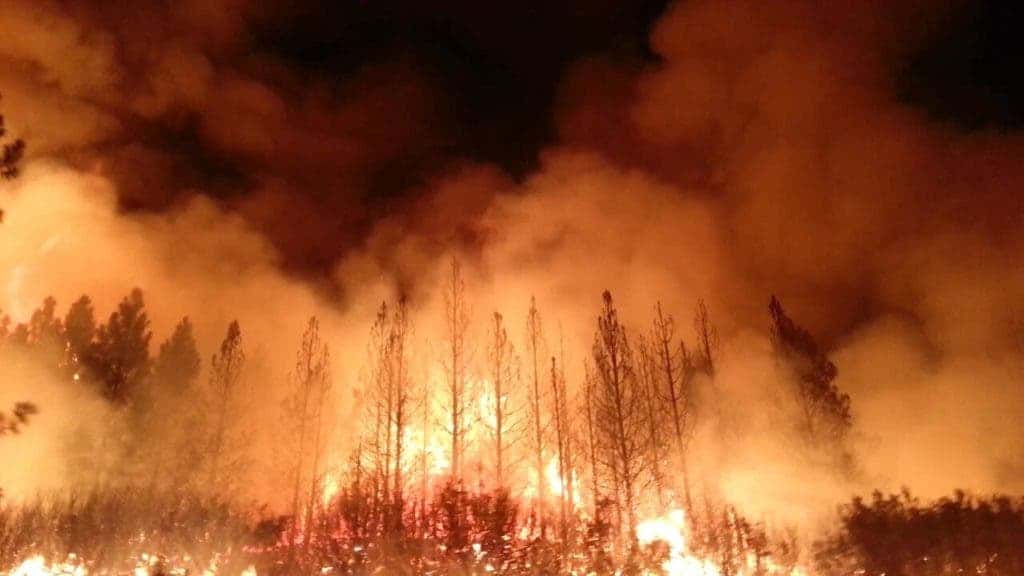Amid an extreme and persistent drought and growing temperatures, Australia is now facing one of its worst bushfire outbreaks on record. It could take several months to deal with, according to local firefighters.

Officials already declared a state of emergency for all of New South Wales (NSW), the country’s most populous state. Residents have been advised to leave their homes as three areas in the state are already under “catastrophic” conditions – the highest fire danger in the country’s rating.
The rating is based on a set of factors such as temperature, humidity, wind, and dryness of the landscape. Residents were warned that the fires in some cases can’t be dealt with and that there will be homes that will burn. That’s why people in the most affected areas have been asked to leave.
Shane Fitzsimmons, commissioner of the NSW rural fire services, said: “The real challenge is we have an enormous amount of country that is still alight. They won’t have this out for days, weeks, months. Unfortunately, the forecast is nothing but above-average temperatures and below-average rainfall over the next few months.”
The state of emergency declaration is the first one in more than six years. It gives Fitzsimmons emergency powers such as controlling and coordinating the allocation of government resources, evacuating people from their property and entering or taking possession of the property.
The state has had a massive number of wildfires during the last few weeks, extending over two million acres. That is four times the land area that burned during the whole of 2018. Three people have already died, and more than 150 homes have been destroyed.
Fitzsimmons said the state faced “the most dangerous bushfire week this nation has ever seen” and warned that the fire threat would only worsen, especially thinking ahead to the summer. “We have got the worst of our fire season still ahead of us. We’re not even in summer yet,” he said.
There is a growing concern over strong winds that could worsen the fires in other states as well, such as in the case of Queensland or Sidney, with hotter temperatures soon expected. Flames could be sent in new directions and increase fire fronts in NWS and in new states.
More and stronger
A bushfire is a common image in Australia, especially during the summer. Nevertheless, the country has rarely seen this level of intensity and even before the summer actually started – with experts linking this to climate change.
Last year Australia experienced its warmest summer on record. The 2018 State of the Climate report by the local Bureau of Meteorology said climate change has caused an increase in extreme heat events as well as more severe natural disasters.
Deputy prime minister, Michael McCormack, from the Nationals party, said concerns over climate change while fires were burning were a “disgrace”. He argued that “they don’t need the ravings of some pure, enlightened and woke capital city greenies at this time.”
Australia has been questioned for a lack of ambition on its climate action plans. According to the Brown to Green report, the country is not on track for a 1.5ºC world, with a 31% increase in emissions between 1990 and 2016 and a significant expansion of coal.






